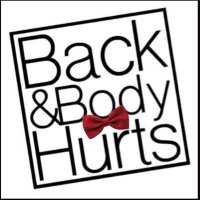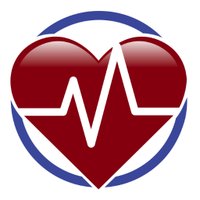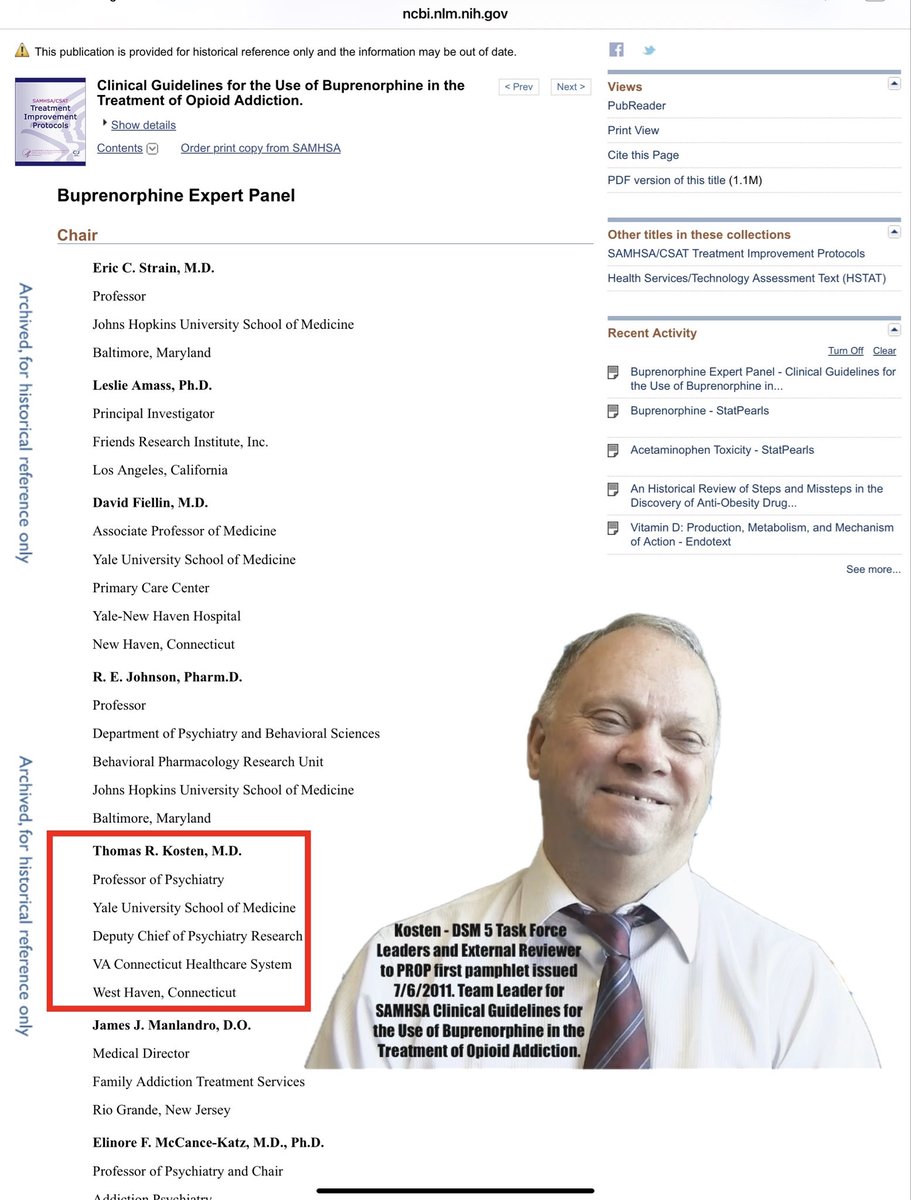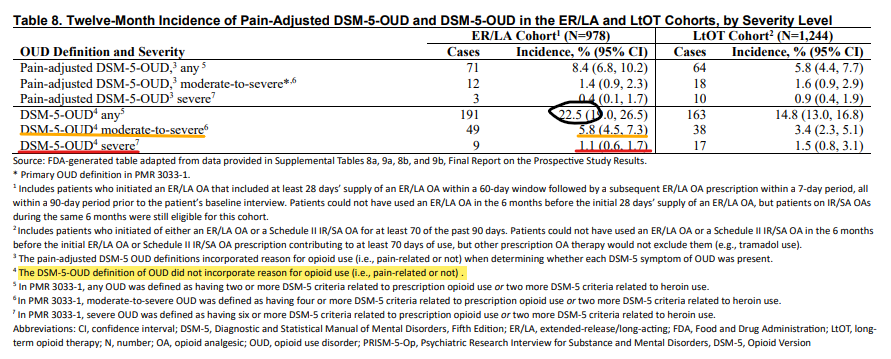
Wanita Umer 🇨🇦
@wanita1
happily married with 3 grown children love cooking, poker, sewing, warm weather, knitting camping, travel. I am an advocate for humane treatment of pain🇨🇦
ID: 24121393
13-03-2009 03:44:55
35,35K Tweet
3,3K Followers
2,2K Following


U.S. Attorney EDMI I have just been contacted by an investigative journalist from Atlanta and we set up an interview schedule for 8/2/25 to discuss U.S. vs. Bothra et al. Evidently she’s been working, for the last 3 years, on a series documenting the criminal targeting of pain care specialists by


Andrea Anderson Dopamine is not why kids love heroin or cocaine either, despite research showing dopamine plays role in substance addiction it’s obviously more complicated than a simple dopamine hit. Current obsession with labelling popular “vices” as addiction is another flavour of moral panic.

Katherine Wanita Umer 🇨🇦 When opioids are indicated. Pay attention. And pain can absolutely kill you. Elevatd cortisol levels = endocrine/hormone dysreg, CV disease, immune suppression, neuro sensitization, GI dysfunction...and even suicide. You're a stone cold bitch if you think pain doesn't matter.




Andrea Anderson The CDC guideline was nothing more than a public health experiment. But as LeBaron points out, CDC never bothered to track how their “experiment” affected public health. Amazingly, they still haven’t made any such effort, nearly a decade later.





Chad D. Kollas, MD (he/him/his) Isn't it fascinating that one of the talking points of litigation narrative was that Purdue dared to claim that only 1% became addicted, and how awful that was, but the label now shows that they weren't really far off.

Chad D. Kollas, MD (he/him/his) My post on the subject x.com/aander1987/sta…

Chad D. Kollas, MD (he/him/his) Chad D. Kollas, MD (he/him/his) I hope you don’t mind if I share some information. I found the US_FDA document page where thdvgrsph can be found. I included the free copy of the entire DSM 5 (which needs to go needs to be tossed into a dumpster fire), an opioid litigation Oklahoma document that



Ansam Groshong U.S. FDA Your question is insightful, Ansam Groshong. Because the non-pain-adjusted figures (shown as DSM-5-OUD any) included patients who disclosed that they were taking pain medications for non-medical reasons (to get high or to mask anxiety) and specifically NOT for controlling pain.






